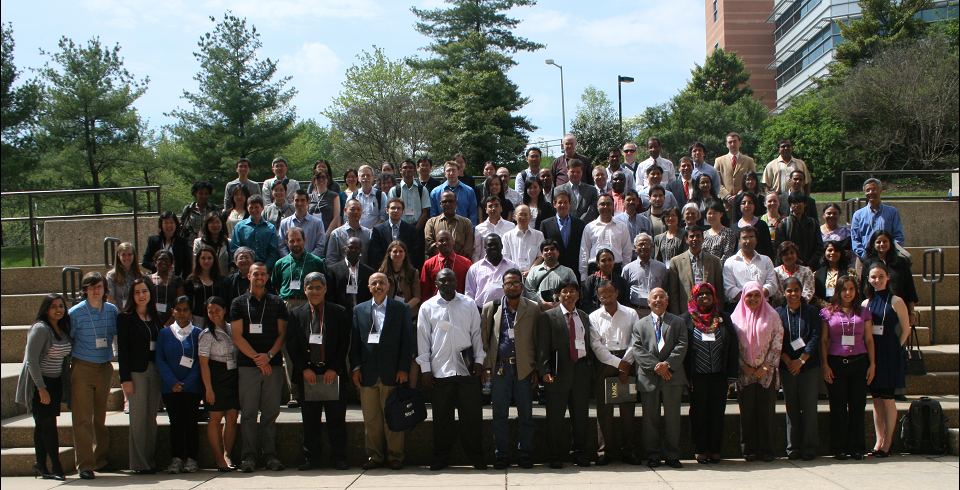


 A special feature of Probability and Statistics Day at UMBC 2013 is that the conference, including the workshop, is open to all statistics graduate students
from UMBC and local universites free of charge; however, REGISTRATION IS REQUIRED! The deadline to register is Friday,
April 12, 2013. // REGISTER NOW
A special feature of Probability and Statistics Day at UMBC 2013 is that the conference, including the workshop, is open to all statistics graduate students
from UMBC and local universites free of charge; however, REGISTRATION IS REQUIRED! The deadline to register is Friday,
April 12, 2013. // REGISTER NOW
For more information, contact any member of the organizing committee:
Bimal Sinha
Conference Chair
443.538.3012
Kofi Adragni
410.455.2406
Yvonne Huang
410.455.2422
Yaakov Malinovsky
410.455.2968
Thomas Mathew
410.455.2418
Nagaraj Neerchal
410.455.2437
DoHwan Park
410.455.2408
Junyong Park
410.455.2407
Anindya Roy
410.455.2435
Elizabeth Stanwyck
410.455.5731

Participant Information
esther ngan
Poster: Logistic Regression Analysis of Byssinosis Data with Penalized Likelihood Estimation
Byssinosis (also called brown lung disease) is a type of occupational lung disease that mostly occurs in workers who are frequently exposed to cotton dust. People who suffer from Byssinosis will have chest tightness, coughing, and wheezing. According to a study conducted by the National Institute for Occupational Safety and Health, the mortality rate of Byssinosis was 2% per one million population in 2007. In this research, we are interested in investigating the relationship between Byssinosis and multiple explanatory factors, and to predict the odds of having Byssinosis based on the factors. The dataset we used was collected in 1973 by a cotton textile company for analyzing the respiratory health of its employees. The factors of interest are sex, race, smoking habit, length of employment, and dustiness of workplace. Since the response variable Byssinosis only consists of two levels, a logistic regression model is used to determine the relationship and predict the odds ratio. However, in our case, because only 3% of the respondents got Byssinosis, it can sharply underestimate the probability of having Byssinosis if we do not fix the problem. Thus, a Penalized Likelihood method is adopted to reduce biases and to produce consistent estimates of the regression parameters.